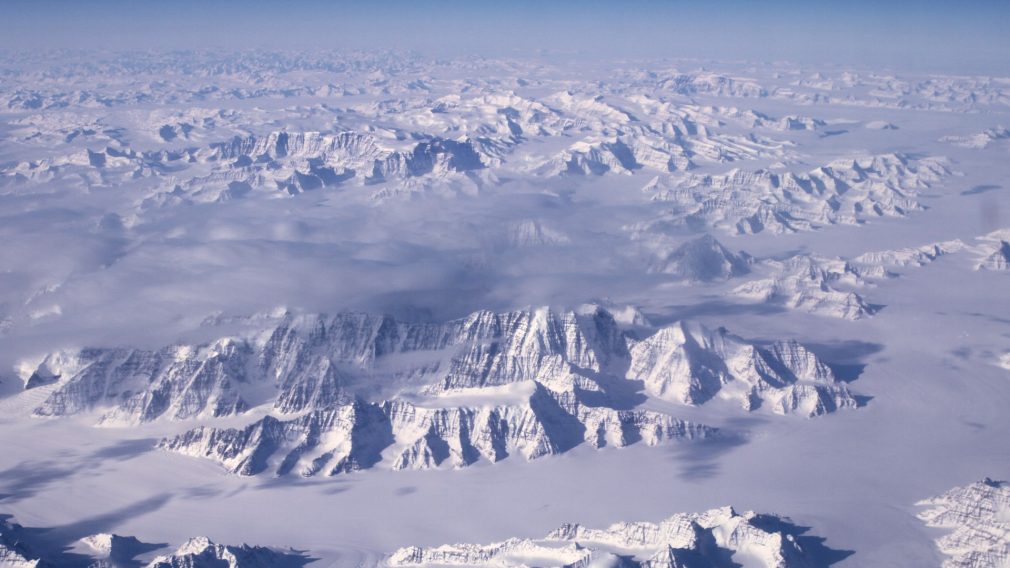Amongst all medal winners and a number of exciting athletes personal stories at the Beijing winter Olympics, now coming to an end, a prominent actor has raised to the podium: snow. Being it for the environmental impact of the almost entirely human-made snow of the ski and snowboarding courses or for the athletes struggling in the sudden and heavy snowfall, snow has certainly been a main character in the story of 2022 Olympics.
No timing could be better to learn more about snow and all other components of the cryosphere.
ESA has partnered with Imperative Space to design a Cryosphere Massive Open Online Course. This virtual course will explore the different components of the cryosphere – glaciers, ice sheets, sea ice, lake ice and snow – and will describe experiments and scientific discoveries that may help us develop the next generation of Earth Observing satellites. By participating and studying with us, you will learn how scientists use satellite information to better understand the changes of the Earth’s cryosphere.
While monitoring the Earth has become increasingly reliant on Earth Observing satellite technology, downstream use of these data mostly lies with academic researchers. The Cryosphere MOOC seeks to strengthen your knowledge of Earth Observing satellites focusing on how we use these data to monitor snow and ice on Earth.
Sign up for the Cryosphere MOOC now and be ready to join the Live Week from 28 February to 04 March 2022: you will explore the frozen Earth and interact in real time with our leading teaching and research team from the University of Leeds, University College London, British Antarctic Survey, DTU Space, the Alfred Wegener Institute and many more.

